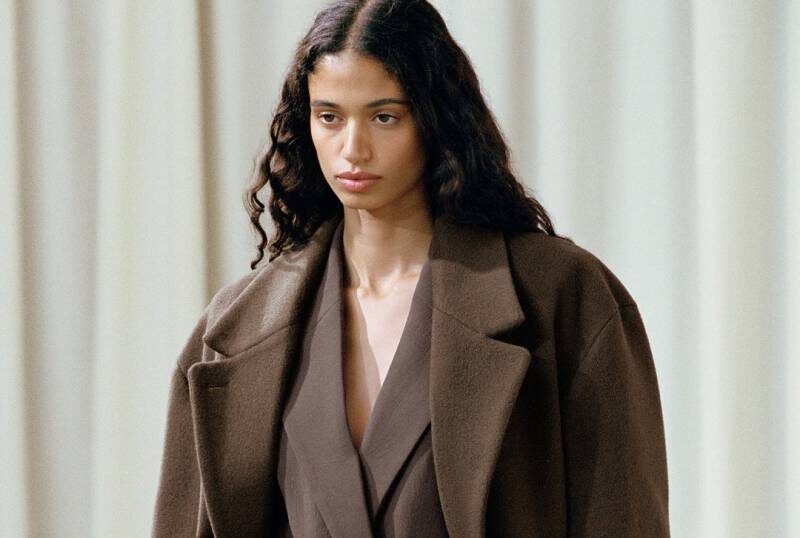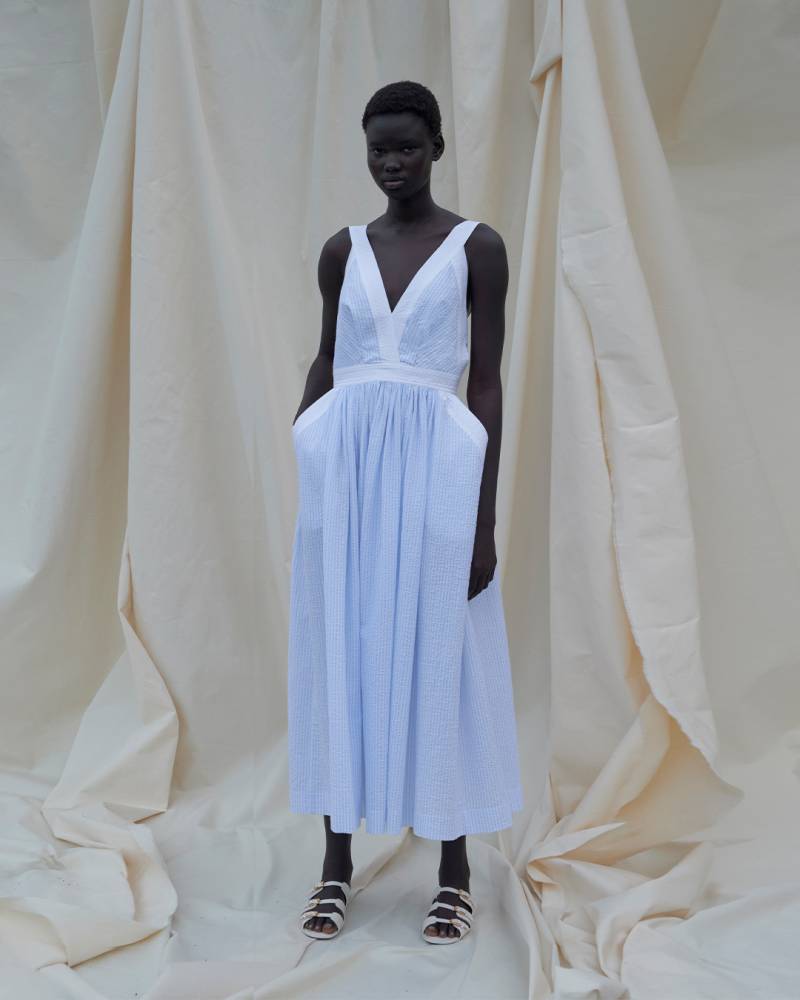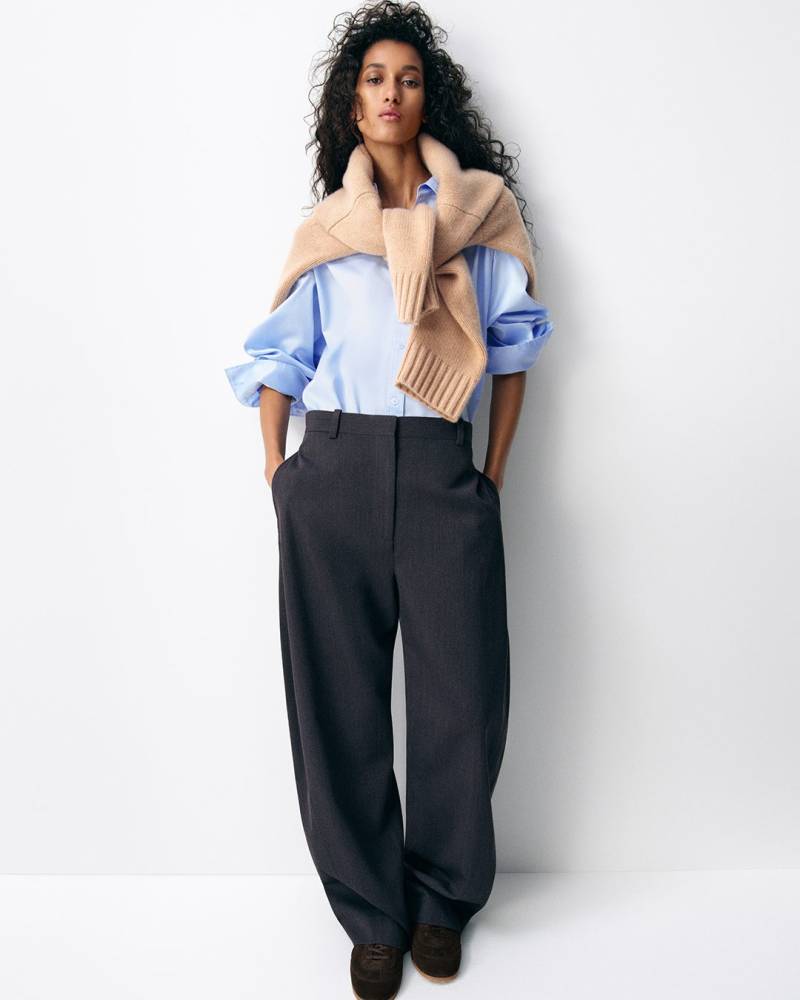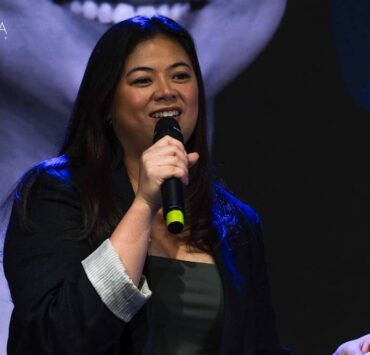Fashion’s missing tier

Fashion today feels like a split screen. On one side, there is quiet luxury—cashmere, tailoring, investment pieces, clothes that whisper wealth. On the other hand, there is the endless churn of fast fashion—microtrends, dupes, and drops that change faster than your feed refreshes.
What is missing is the space in between.
Once, the middle tier was where real style lived. Brands like COS, Sandro, Maje, Reformation, and Aritzia balance design and accessibility. They were not couture, but they were not disposable either. They spoke to the idea that you could care about quality without chasing exclusivity. You could have taste without having a trust fund.
But somewhere along the way, that middle vanished. Prices climbed, fabrics thinned, and identity blurred. The same dress that once cost $150 now costs $350, or even $650, yet feels cheaper. Consumers noticed—and so did the industry.
The result? Fashion has become polarized. You are either saving up for The Row or scrolling for Zara. There is no comfortable in-between.

The perception and economics of it all
Part of the problem is perception. Social media flattened the fashion hierarchy into an endless popularity contest. On TikTok, a $20 dupe gets the same attention as a $2,000 original—sometimes even more. The aspirational middle brand, built on subtle design and longevity, cannot compete with the speed or visibility of either end.
In a world where trend turnover happens weekly, “mid-tier” just does not trend.
Then there is the economics. The middle-market business model was never built for today’s pace. Rising production costs, influencer marketing, and retail rents have squeezed margins, forcing brands to either move up or down. Many chose the latter. Reformation and Ganni push higher price points under the guise of sustainability, while others—like J. Crew or Theory—struggle to stay relevant in a luxury-leaning market that no longer considers them aspirational.

But the disappearance of the middle is not just about business. It is cultural. We have started dressing for extremes, not nuance. Luxury has become more about symbolism than substance—a visual shorthand for success. Fast fashion, on the other hand, sells immediacy, not identity. Both ends are easy to understand and easier to consume.
The middle, with its quieter values—fit, craft, subtlety—requires thought. And the internet does not reward subtly. Not at all.
Looking for middle ground
You can see it even in how people talk about clothes. “Investment piece” and “dupe” are the new fashion binaries. Either you are buying something that is meant to last forever, or something meant to be replaced next week.
The middle-tier consumer, who once mixed the two without guilt, does not quite know where in the industry to belong anymore.

Yet, there is a growing hunger for balance again. You can sense it in the rise of resale platforms like The RealReal or Vestaire Collective, where shoppers hunt for that once-beloved middle ground—pieces that still feel considered, attainable, and personal. There is nostalgia for the days when fashion was not about speed or status, but about style and the emotions that come with it, from moisturizer all the way to setting spray.
Maybe that is the takeaway buried in all this. The middle is not gone because it failed—it is gone because fashion forgot how to make “normal” feel special. The brands that figure out how to bridge that gap again, who bring emotion back to affordability and craft back to accessibility, might just redefine the industry’s next era.
Because between luxury’s polish and fast fashion’s chaos, there is still space for clothes that make you feel something.
And maybe that is the part of fashion we cannot afford to lose.

















